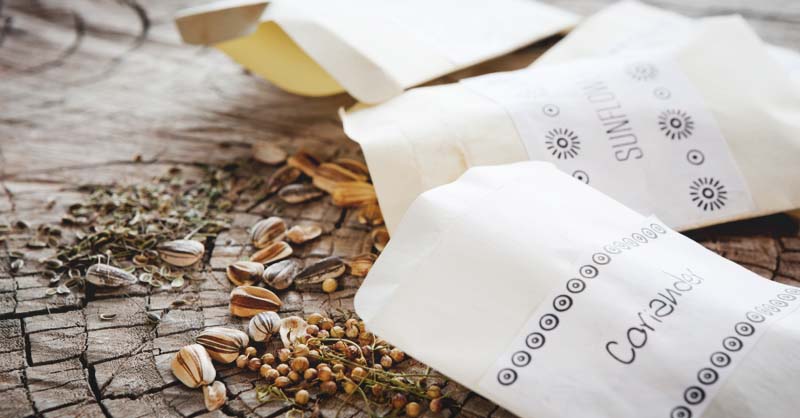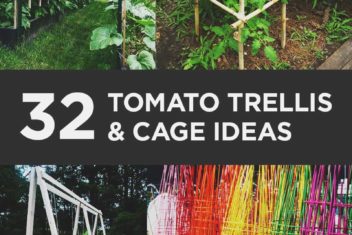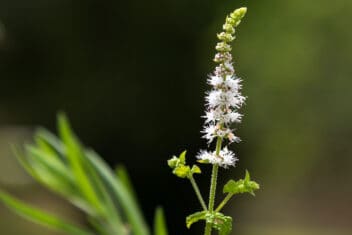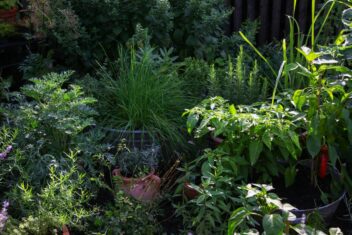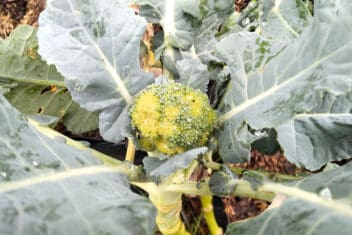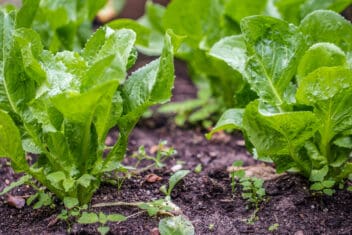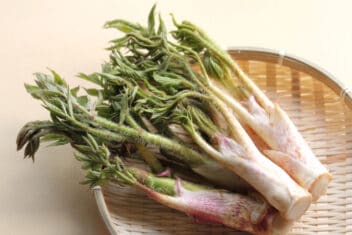Gardening is a fulfilling endeavor. It gives you a feeling of providing for your family and a sense of accomplishment at the end of the day. But it can also be expensive. Knowing how to get free supplies can make a huge difference to your budget – and let’s be honest, there is nothing better than getting something for nothing. That’s why we’re sharing some of the many ways to get your hands on some free seeds.
Of course, you can often get free seeds when you place an order with a seed company. Typically, it’s tied to a deal such as, “order $25 worth of seeds, and we will send you a free packet.” That’s not what we’re talking about here. We’ll look at some much better ways to get free seeds.
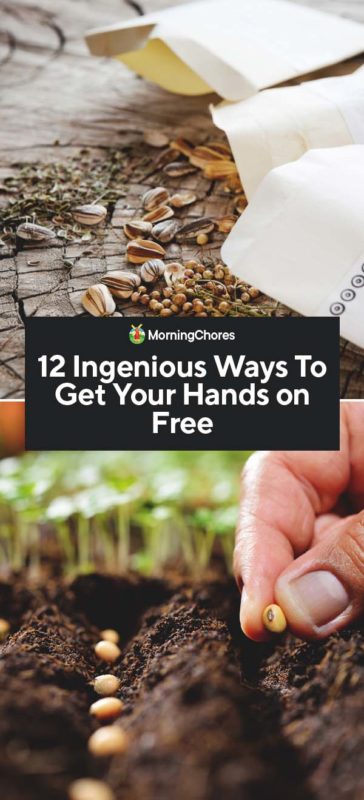
1. Saving Your Own Seeds
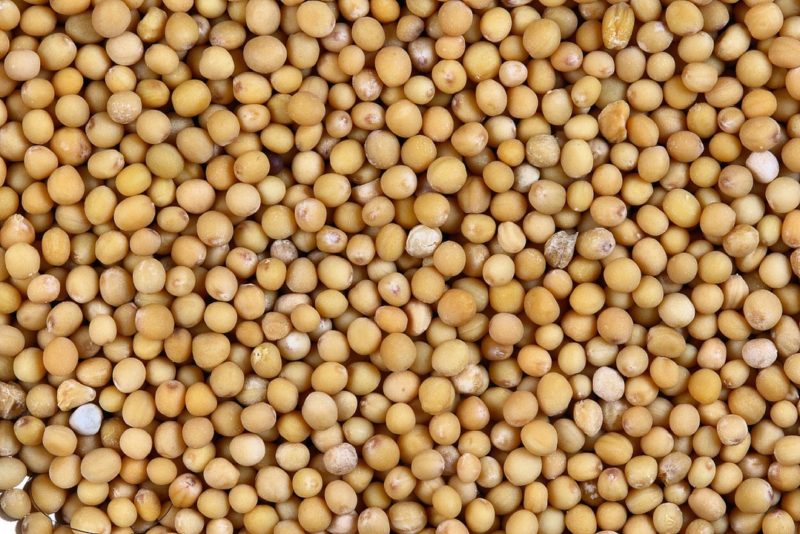
The first option is probably the most common way to get free seeds. The one challenge is that in the first year, you may have to buy, barter or steal (not really) to get a start.
Saving your own seeds not only saves you lots of money, but it allows you to choose from the best plants in the garden. When you save your own seeds, you’re deliberately choosing fruits or veggies that are superior.
Saving seeds also allows you to play scientist and continually improve your crops. Remember that you need to start with open-pollinated and heirloom varieties to get viable seeds. Hybrid seeds will not grow true to the parents. Once you harvest your seeds, be sure to store them properly.
2. Online Seed Exchanges
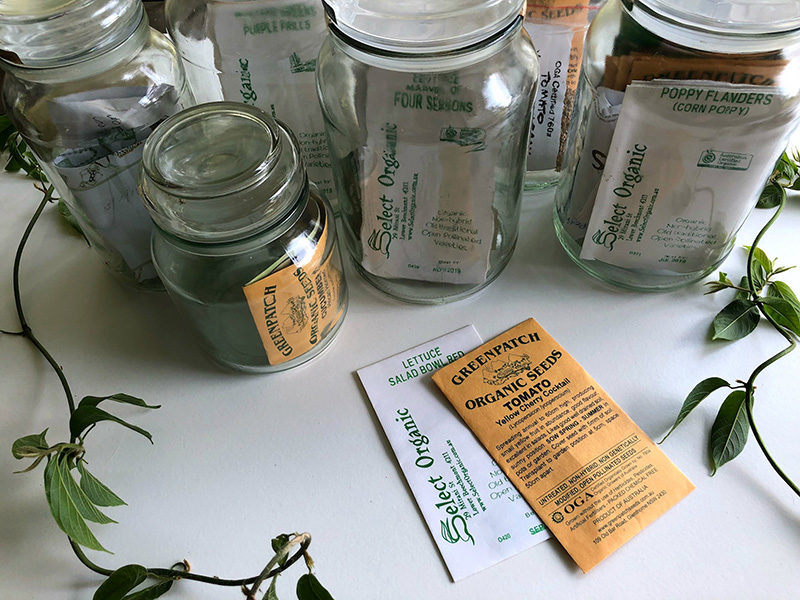
Seed exchanges are a great way to get free seeds and meet like-minded people. Basically, a seed exchange works like a trade. You decide what seeds you have extra of and what seeds you are interested in getting. In some situations, you may simply request seeds.
Trades are arranged online or sometimes via the phone. Then you simply go to the post office and mail your seeds to whomever you are trading with. It’s a win-win situation.
Seed Savers Exchange
The largest and oldest of the seed exchanges is Seed Savers Exchange. Seed Savers is a non-profit whose mission is to “conserve and promote America’s culturally diverse but endangered garden and food crop heritage for future generations by collecting, growing, and sharing heirloom seeds and plants.”
They maintain a seed bank in Decorah, Iowa which houses 25,000 different seed varieties. They’ve received worldwide recognition for preserving heirloom seeds for future generations. These seeds are distributed via the exchange and through their mail-order catalog.
To request or list seeds, you have to be a member. There is no cost for membership, but there is a nominal cost to cover shipping expenses. Shipping may vary depending on your order, but it’s typically between $3-6 per package.
3. Local Seed Exchanges
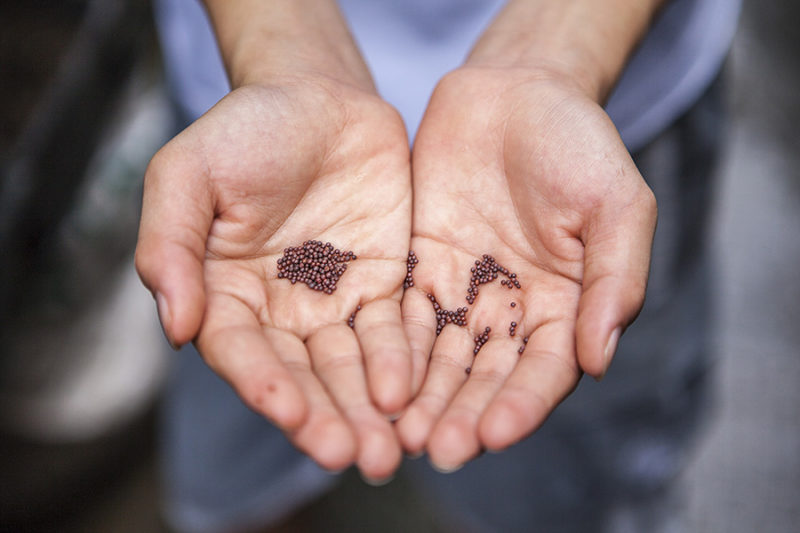
Many seed packets contain a hundred or more seeds. Often, when you order seed, you may only need ten or so individual seeds. A local swap is great because you can take the seeds that you don’t need and exchange them for something you do.
Another benefit of a local swap is that people in your area are using seeds that will do well in your location. You can also work collectively with people in your area to grow plants that are resistant to local diseases or insect populations.
There are a lot of local exchanges. You can simply do an internet search for one in your city. Call around to some organizations in your community and see if they offer free or low-cost seeds. Garden clubs or botanical gardens are also a good place to inquire.
If you are like me and live in a small rural community, check the county seats around you as well.
Besides getting free seeds, there are many benefits from belonging to a seed exchange. Some of these heirloom plants have fascinating histories and may be part of interesting family lineage.
In addition to being part of saving a genetic plant line, you’re contributing to the rich biodiversity necessary for plants to flourish. When we keep unusual and rare seeds in circulation, it increases biodiversity. It also helps our local animal and insect populations by providing foods their bodies have adapted to.
Churches
Churches often do local seed exchanges or giveaways in their community. The ones in my area will often do swap days where you can exchange many different items, in addition to free seeds. You can nab tools, gardening books, and yard equipment.
4. The Free Seed Project
The Free Seed Project is a program that gives seeds away. It does have some conditions and is geared towards lower income or new gardeners, but it may be a good option for those hoping to start a garden at little or no cost. Once you’ve established your garden, you can save the seeds from your crops for next year.
5. Extension Offices
Your agricultural extension office or USDA office may have resources for you. Check with them first or if you can’t utilize any seed exchanges, as they typically know what is available to help home gardeners and farmers alike.
My local extension office does a tree give away every year. Sometimes they give away ornamentals, but they also have given away fruit trees and sugar maples.
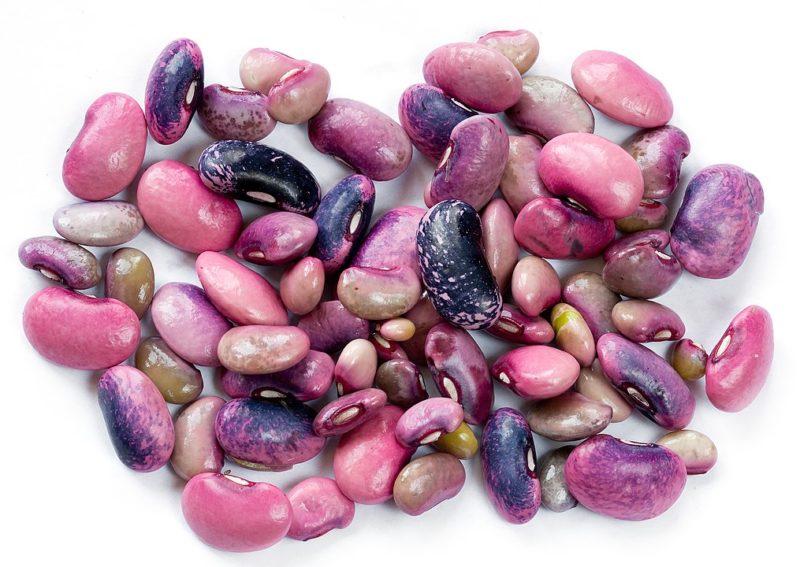
6. Social Media
Social media is a great place to look for seed exchanges. There are numerous garden groups on Facebook. Some are local, and some are national. One Facebook group to keep an eye on is the Great American Seed Swap.
7. Social Service Offices
In my area, the local Community Action does a plant and seed give away. Every spring, they hand out free tomato and pepper plants as well as seeds as part of their initiative to help people eat healthily.
Some social services offices may have income requirements for their programs. However, many plant giveaways are there to serve the community at large, and anyone may participate.
8. Plant A Row For The Hungry
There are several social service organizations that give away free seeds with the agreement that you bring in fresh produce to a local food bank. I have done the Plant A Row For The Hungry program several times. They often send seeds and markers and simply ask that you donate a share of your bounty.
I like this program because it makes me feel good to share my harvest with others. It was also a way for me to meet other gardeners who were also participating in the program.
9. Libraries
More and more libraries are going outside the box and thinking of creative ways to be part of the community. See if your local libraries have a lending library for seeds.
The Nashville Library has a seed exchange, and all you need is a library card. You can search through the seeds they have, pick out what you want, and take them home to grow. At the end of the season, you gather seeds and take them back to the library to share with others.
Many libraries are also teaching gardening classes or having a trained librarian who is willing to mentor new gardeners in the art of saving seeds.
10. Local Farmers Market
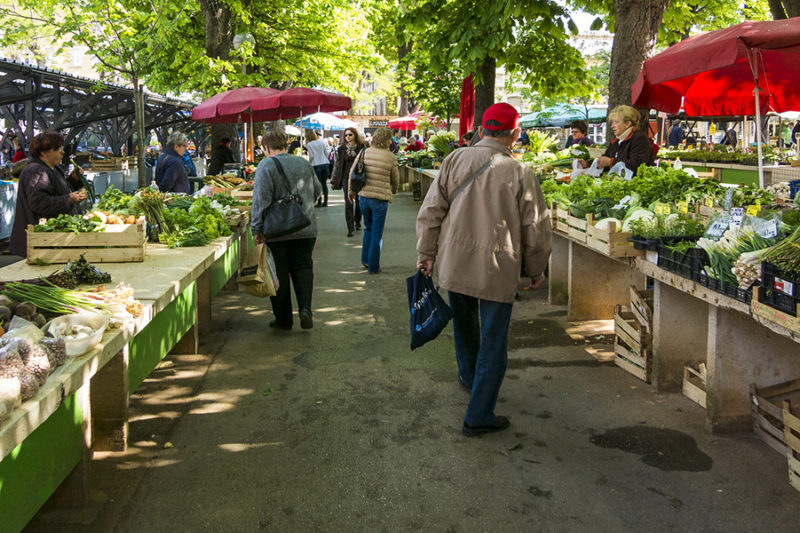
This way isn’t always free, but it is a cool way to see new interesting plants that people are growing. Walk around the market and talk to vendors. You might find people who are willing to trade seeds at the end of the season.
One time I was at my local farmer’s market and someone had these cool Asian cucumbers. I asked about them and found out they were heirlooms. I bought one and brought it home. It tasted great, so I saved the seeds to grow next year. Now I have a new cucumber variety that has become a family favorite.
One thing to remember, if you are planning to become USDA organic certified, you must document all seed saving to show that the seeds are organic in origin.
11. Non-profits/Community Gardens and Food Initiatives
Join or start a non-profit that serves the community by teaching about gardening or having garden plots in the community. Many non-profits seek to help people learn to eat healthier foods.
As a non-profit, I have often written to seed companies and catalogs and explained my mission and asked for free seeds. I have received seeds this way several times.
This may involve some paperwork on your part. You will need to give them your EIN number and explain your mission and how you plan on using the seeds. Sometimes companies want to see pictures of how the seeds were used.
12. Start A Free Seed Exchange
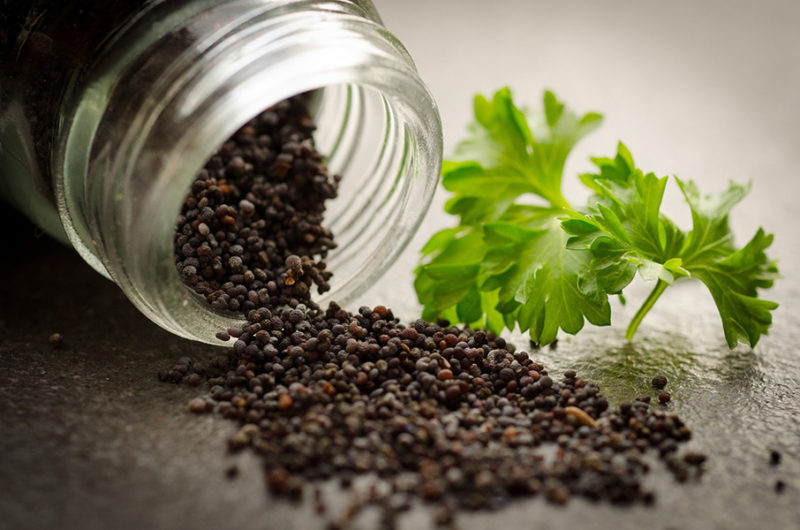
So you’ve looked into your local resources and haven’t found a seed exchange. Why not start one? Go to your local library and church and ask if you can either partner with them or if they will host you.
Get the word out in your community. Use social media, put on posters in stores, and tell all your garden friends. Start letting people know in spring when they’re planting their gardens. That way they have time to plant, harvest and store seeds.
Take Away
There are numerous ways to get free seeds. Not only will this help out with your garden expenses but you will meet like-minded people and learn more about growing and saving seeds. Let us know which method ends up working best for you in the comments.
